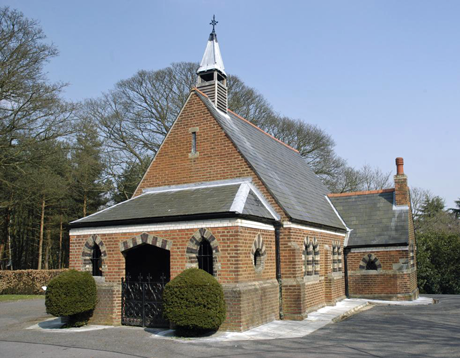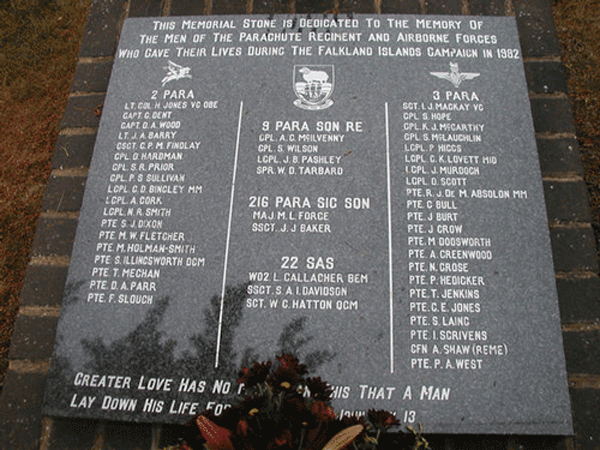Aldershot Military Cemetery
Historical Information
It is unlike any other military cemetery in the United Kingdom, for not only is it set on hills and small valleys in natural surrounds, but here, at rest, lie fighting men of nine nations, who have served and died in Aldershot.
During both wars, numerous regimental and corps depots were based in and around Aldershot. At the outbreak of The First World War, if was the headquarters of the Aldershot Command and of the 1st and 2nd Divisions, and the Depot of the Royal Army Medical Corps.
The North and South Camps, divided by the Basingstoke Canal, remained in full activity throughout the War. During the Second World War, some 400,000 Canadian servicemen were trained there.
Aldershot Military Cemetery is a permanent military cemetery, the property of the Ministry of Defence. The Commission is responsible for the care of graves of both world wars within the cemetery.
There are 690 First World War graves in the cemetery, the earliest bears the date 5th August 1914, and the latest 11th August 1921. Many of these graves are in plot AF. The 129 Second World War graves are in groups in various plots, the largest group in plot A containing 86 graves.

The Cemetery lies between Thorn Hill and Peaked Hill,
and is bordered to the south by Ordnance Road.
Entrance from Gallwey Road, near where the old time-gun stood.
The Falkland Islands 1982
Those who participated and lost their lives in the Liberation of the Islands in 1982 will always be remembered with gratitude and the many memorials around the island are important focal points for us. One of the most moving ceremonies during the visit of HRH the Prince of Wales, in March this year, was when he laid a wreath at the Parachute Memorial at Goose Green.
